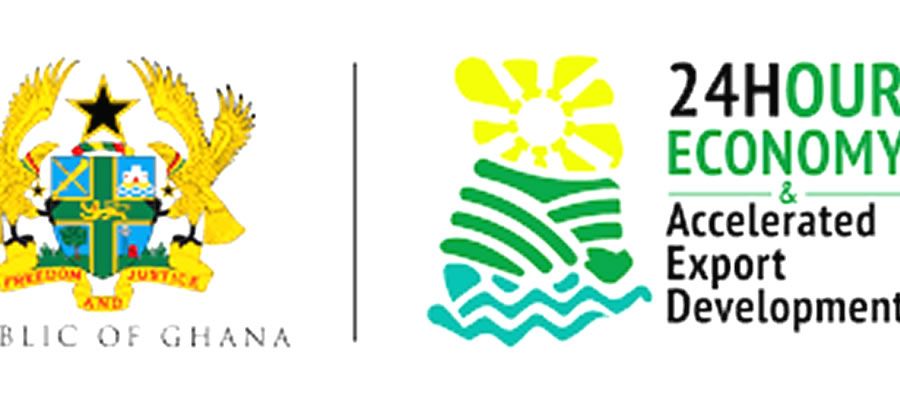

Introduction
Information Communication Technology (ICT) refers to technologies that provide access to information through telecommunications. This includes accessing information through cell phones or cellular phones, Internet, wireless, cables and other communication mediums. A mobile phone is an electronic telecommunications device, often referred to as cellular phone or cell phone.
They provide voice communications, short message service (SMS), multimedia message service (MMS), and even other phones (e.g. smart phones) may provide internet services such as web browsing and e-mail. They have more functions than traditional landlines and need to be charged after a period of time. In this era, access to information is purely through computer, mobile phone and internet facilities. Development in ICT has helped Ghanaians and more particularly the people in the Agona East District in the area of information sharing and increasing people’s knowledge about what goes on around them and beyond.
Ownership of Mobile Phone
The population 12 years and older who own mobile phones and those who use internet facility is presented in Table 5.1. Out of a total of 56,845 persons who are 12 years and older in the district, over a third (36.8%) own mobile phones. Furthermore, the Table reveals that ownership of mobile phones in the district is higher among males (44.0%) than females (30.6%).
Use of Internet
Table 5.1 shows that 2.6 percent of the population have access to internet facilities. The table also reveals that, usage of internet facility in the district is much higher among males (4.1%) than females (1.4%).
Household Ownership of Desktop or Laptop Computer
Table 5.2 presents information on households owning desktop or laptop computers. Households who owns desktop or laptop computer in the district are 2.8 percent. Among the households owning desktop or laptop computers, the male population is more with 3.7 percent against females with 1.7 percent.
Introduction
According to the 2010 PHC, a household is defined as a person or group of persons who live together in the same house or compound and share the same housekeeping arrangement. A household in Ghana is unique and has a defined structure with a head recognized by all household members. In the Ghanaian context, a household consists of a man, his wife/wives and children and some relatives or house helps who may be living together with them.
Members of a household are not necessarily related by blood or marriage. This chapter discusses some important characteristics of households that can aid the study of several aspects of families and households with special reference to economic dependency, literacy and education. The case of being Ghanaian by birth, origin or naturalization is discussed i.e. the legal concept in which a person holds citizenship of Ghana.
Household Size, Composition and Headship
Household population and size
Table 3.1a presents information on the number of households in the district and the average household size. The Table indicates that there are 21,021 households in the district with a household population of 84,738. The average household size for the district is 4 which is the same as the regional average of 4. There are more persons in rural households (4.2) than there are in urban households (3.8).
Household Composition and Sex
The household population by composition and sex are presented in Table 3.1b. The Table shows that a higher proportion of household members are children (43.0 percent) while about a quarter (24.8%) are household heads. There are more male heads (30.7%) than female heads (19.5%). The Table also shows that 1.0 percent of household members are not related to the head of the household. Furthermore, spouse (wife/husband) and grandchildren constitute 10.1 percent and 10.8 percent respectively, but the female spouse recorded 17.3 percent. Parents/parent in-laws, son/daughter in-laws and stepchildren all represent less than 1.0 percent each of households composition in the district.
Household population by structure and sex
Table 3.2 shows household population by structure and sex. Living arrangement is an important aspect of the cultural settings in Ghana. The proportion of the population living in a nuclear family household (51.5%) is higher than those in extended family households (48.5%). More male household population (54.4%) live in nuclear family household than extended family household (45.6%). On the other hand, a higher proportion of the female household population live in extended family households (51.2%) than those in nuclear family households (48.8%).
There are only 3.1 percent females and 7.0 percent of males who are living alone and were therefore classified as heads of households. Almost a third of the households (31.1%) are nuclear households comprising head, spouse(s) and children. Extended households (Head, spouse(s), children and head’s relative) and single parent extended households constitute 16.4 percent and 18.5 percent respectively in the household composition. The data also show that 8.6 percent of the household population structure is made up of heads and other composition but not spouse.
Date Created : 6/6/2018 2:45:04 AM












 facebook
facebook
 twitter
twitter
 Youtube
Youtube
 +233 593 831 280
+233 593 831 280 0800 430 430
0800 430 430 GPS: GE-231-4383
GPS: GE-231-4383 info@ghanadistricts.com
info@ghanadistricts.com Box GP1044, Accra, Ghana
Box GP1044, Accra, Ghana